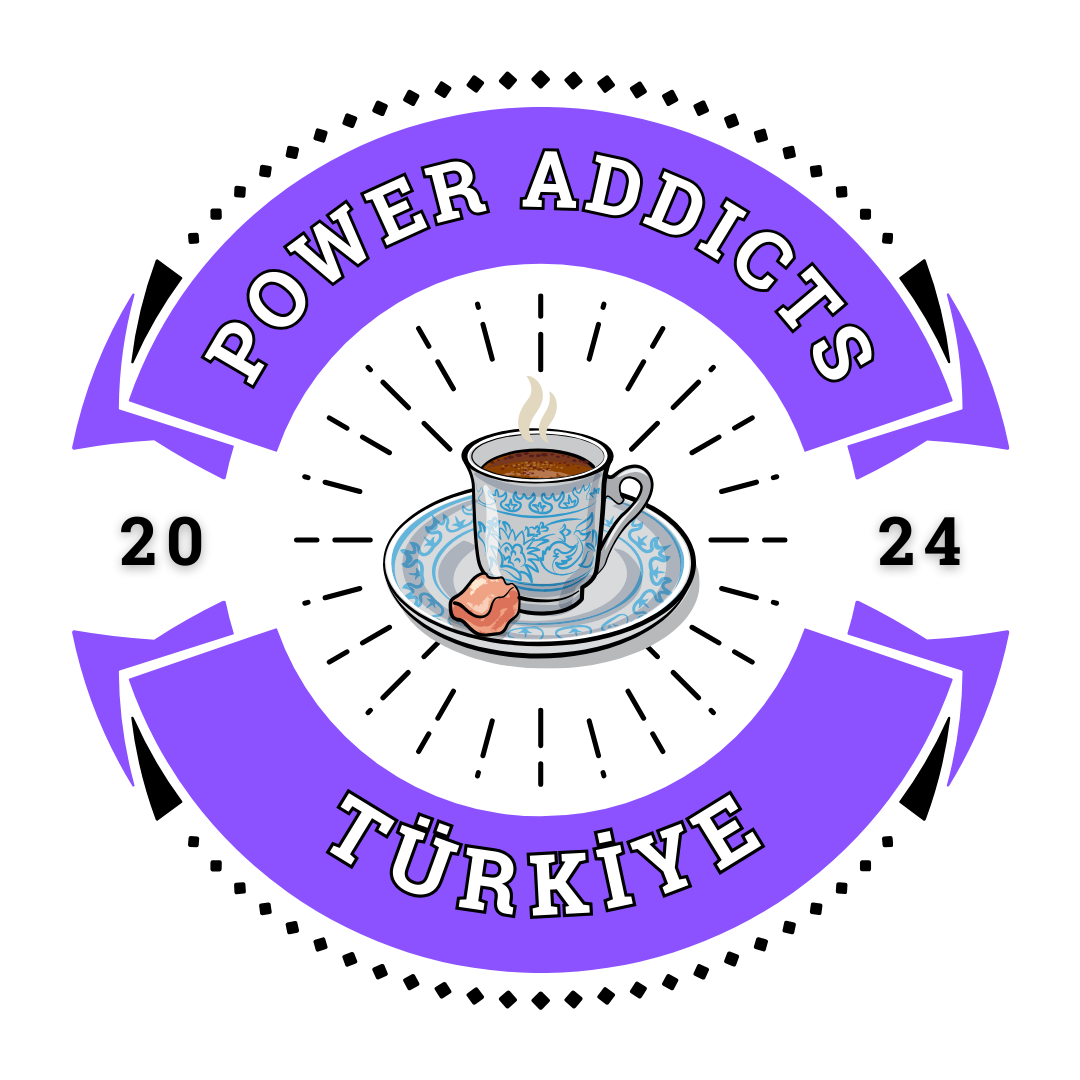Unlocking Low-Code Application Development
In today’s fast-paced digital world, businesses and individuals alike seek tools that can streamline processes and enhance productivity. One such innovative tool is Power Apps, a key component of Microsoft’s Power Platform. Power Apps empowers users to build custom applications with minimal coding knowledge, offering a flexible, scalable, and cost-effective solution to modern business challenges.
What is Power Apps?
With Power Apps, users can craft applications that connect to various data sources, including SQL Server, SharePoint, Microsoft 365, Dynamics 365, and third-party services. The platform supports the development of responsive applications that can run seamlessly on web browsers, tablets, and mobile devices.
Microsoft Power Apps combines a collection of applications, connectors, and the Dataverse data platform to provide an efficient environment for building tailored applications. It enables both seasoned developers and those without extensive technical backgrounds, often called “citizen developers,” to create solutions that fulfill unique business requirements with little to no coding.

Key features of Power Apps
1. Drag-and-Drop Interface Power Apps provides a user-friendly interface that allows app creators to design applications by dragging and dropping controls onto a canvas. This visual approach reduces the complexity typically associated with traditional app development.
2. Integration with Microsoft Ecosystem Seamless integration with other Microsoft services such as SharePoint, Excel, and Teams makes Power Apps a robust choice for businesses already utilizing Microsoft tools. Additionally, it can connect to a wide range of external data sources through its connectors.
3. Customization and Extensibility Although Power Apps emphasizes low-code solutions, it offers advanced customization options for users with programming expertise. Developers can integrate custom business logic using Power Fx.
4. Prebuilt Templates To accelerate the development process, Power Apps includes a collection of prebuilt templates. These templates serve as starting points for common business scenarios, allowing users to modify and adapt them to meet specific requirements.
5. Security and Governance Built on Microsoft’s secure infrastructure, Power Apps ensures data protection and compliance. Administrators can define policies and permissions to maintain control over application usage and data access.
Benefits of Using Power Apps
Enhanced Productivity: Power Apps empowers users to quickly create solutions for repetitive tasks, reducing manual effort and boosting efficiency.
Cost Savings: By minimizing the need for professional developers and reducing development time, organizations can significantly cut costs.
Accessibility for Non-Developers: With its intuitive design and low-code environment, Power Apps democratizes app development, enabling a broader range of users to participate in creating business solutions.
Scalability: Applications built using Power Apps can grow alongside business needs, accommodating increasing complexity and data volumes.
Cross-Platform Compatibility: Apps created with Power Apps function across various devices and platforms, ensuring accessibility and a consistent user experience.
Microsoft Power Apps is revolutionizing how organizations approach application development by making it accessible, flexible, and cost-effective. Whether you are a small business owner seeking to automate simple tasks or a large enterprise aiming to develop scalable solutions, Power Apps offers a comprehensive platform to meet diverse needs. Its integration with Microsoft’s ecosystem and focus on low-code development make it an indispensable tool in today’s digital transformation landscape.
Do you want to learn more about Power Platform?
You can read the article about Power Automate:

